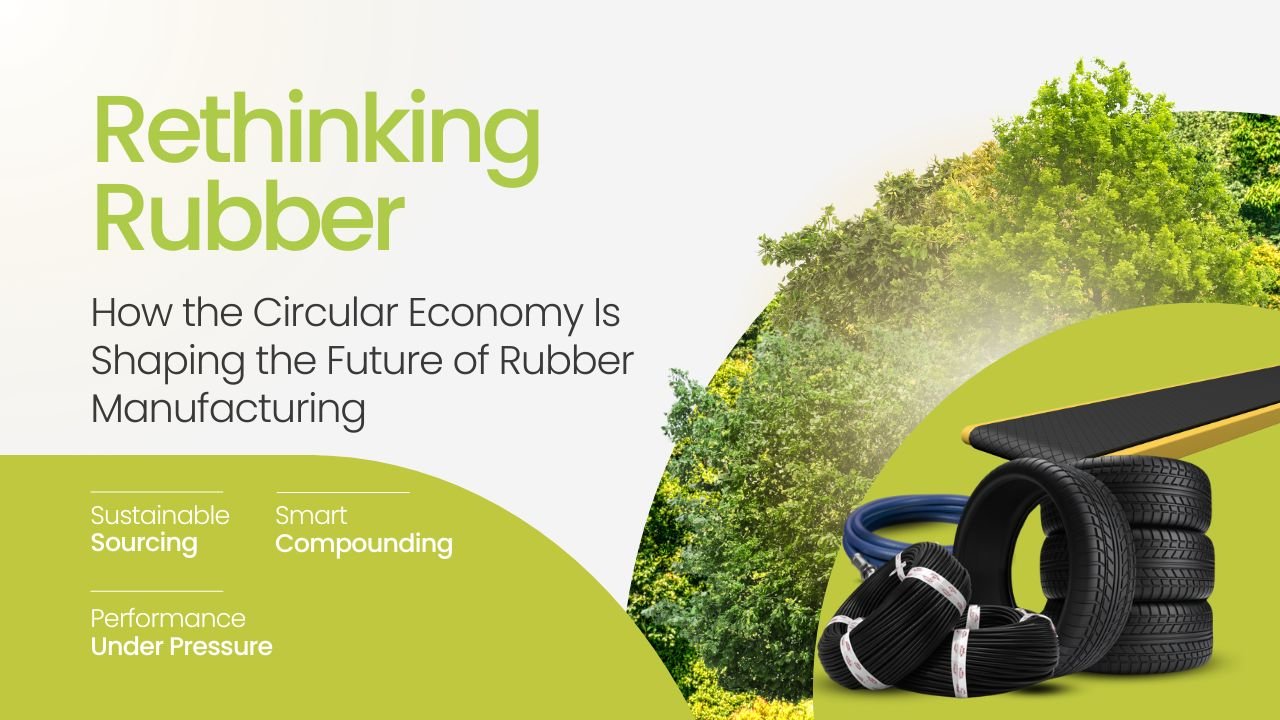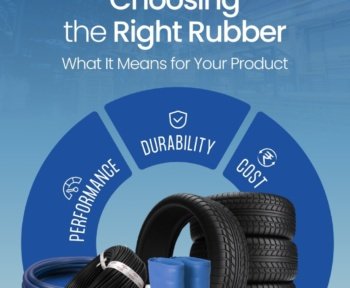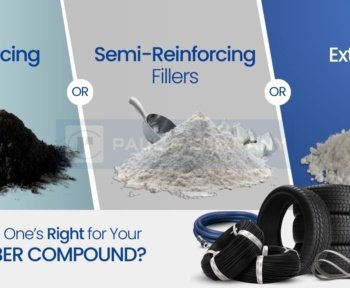With rising global focus on sustainability, the rubber industry is undergoing a quiet but powerful transformation. From geo-mapping plantations to reclaiming rubber compounds, circular economy thinking is becoming core to how rubber goods are made – and valued.
📍 As reported by the Rubber Board, geo-mapping of natural rubber plantations in Kerala is now underway. This supports transparency in sourcing and aligns Indian rubber production with the EU’s Deforestation Regulation – a step forward in sustainable supply chains.
But sustainability doesn’t end at sourcing. It extends to how rubber is processed, formulated, and re-used.
🔁 Emerging trends in rubber circularity include:
✔ Incorporation of reclaim and devulcanized rubber into compounds
✔ Filler technologies that extend product life and reduce abrasion
✔ Smart additives that enable energy-efficient curing and reprocessing
✔ Design for recyclability in industrial rubber applications
If you’re manufacturing tyres, conveyor belts, hoses, industrial-grade gaskets, or any other rubber products, your compounds now need to tick 3 boxes:
✅ Sustainable
✅ Compliant
✅ High performance under pressure
That’s where precision chemistry becomes critical.
From performance fillers like activated clay and PCC to specialty dispersing agents and accelerators — your compound decisions impact everything from cost and compliance to lifecycle performance.
At Paul & Company, we help manufacturers strike that balance with a portfolio of high-quality rubber chemicals, backed by technical know-how and 60+ years of industry trust.
Let’s make every compound count – for your performance goals and for the planet.





